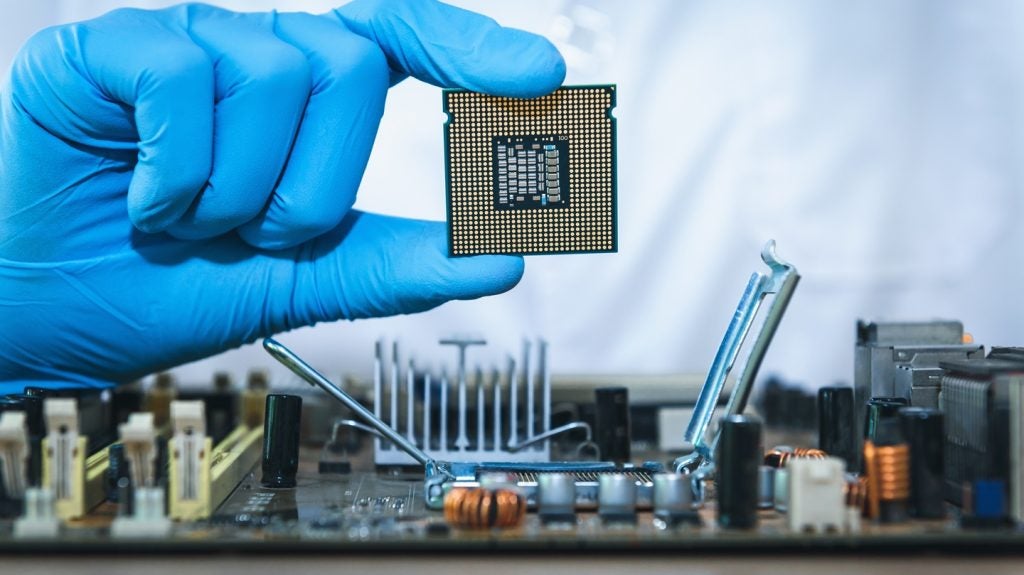Ouster has filed a patent for an optical system that collects distance information within a field. The system includes lenses for collecting and distributing photons, lens tubes for collimating collected photons, optical filters to reject unwanted light, and pixels to detect incident photons. The system also includes illumination sources that emit photons at a specific wavelength. GlobalData’s report on Ouster gives a 360-degree view of the company including its patenting strategy. Buy the report here.
According to GlobalData’s company profile on Ouster, Lidar-assisted navigation was a key innovation area identified from patents. Ouster's grant share as of September 2023 was 28%. Grant share is based on the ratio of number of grants to total number of patents.
Optical system for collecting and distributing distance information
A recently filed patent (Publication Number: US20230319253A1) describes an optical system designed for collecting distance information. The system includes a bulk transmitting optic, an emitter array, a bulk imaging optic, a detector array, lens tubes, shutters, and optical filters.
The emitter array consists of multiple optical emitters that emit illuminating beams of a specific wavelength through the bulk transmitting optic towards discrete spots in the external field. The detector array, located behind the bulk imaging optic, detects photons reflected from surfaces within the field. Lens tubes are positioned between the bulk imaging optic and the detector array, aligned with corresponding pixels in the detector array. They pass light rays reflected from discrete spots in the field to their corresponding pixels while absorbing incident light rays from other regions in the field. Shutters, aligned with the lens tubes, open and close in conjunction with the activation and deactivation of the optical emitters. Optical filters are placed in the optical path of the pixels to allow specific wavelengths of electromagnetic radiation to pass through while blocking others.
The patent also describes an alternative embodiment of the optical system. In this embodiment, the emitter array is arranged in multiple emitter groupings, each containing a set of X optical emitters. Each emitter emits illuminating beams towards discrete spots in the field, and each pixel in the detector array corresponds to one emitter grouping. Lens tubes are arranged in lens tube groupings, with each grouping having a one-to-one correspondence with the emitter groupings and pixels. Shutters are aligned with the lens tubes and open and close in conjunction with the activation and deactivation of the optical emitters. A diffuser is placed between each lens tube and the detector array to spread collimated light across the subpixels of the corresponding pixel.
The patent also mentions the use of electrochromic shutters and MEMS mechanical shutters as options for the shutters in the optical system. Additionally, it describes the configuration of the lens tubes to collimate light rays and absorb incident light rays from regions outside the discrete spots illuminated by the optical emitters. The set of subpixels in each pixel is composed of single photon avalanche diodes (SPADs).
Overall, this patent presents an optical system that utilizes various components and configurations to collect distance information. The system offers flexibility in terms of emitter arrangement, shutter type, and lens tube design, providing potential advancements in distance measurement technology.
To know more about GlobalData’s detailed insights on Ouster, buy the report here.
Data Insights
From

The gold standard of business intelligence.
Blending expert knowledge with cutting-edge technology, GlobalData’s unrivalled proprietary data will enable you to decode what’s happening in your market. You can make better informed decisions and gain a future-proof advantage over your competitors.







